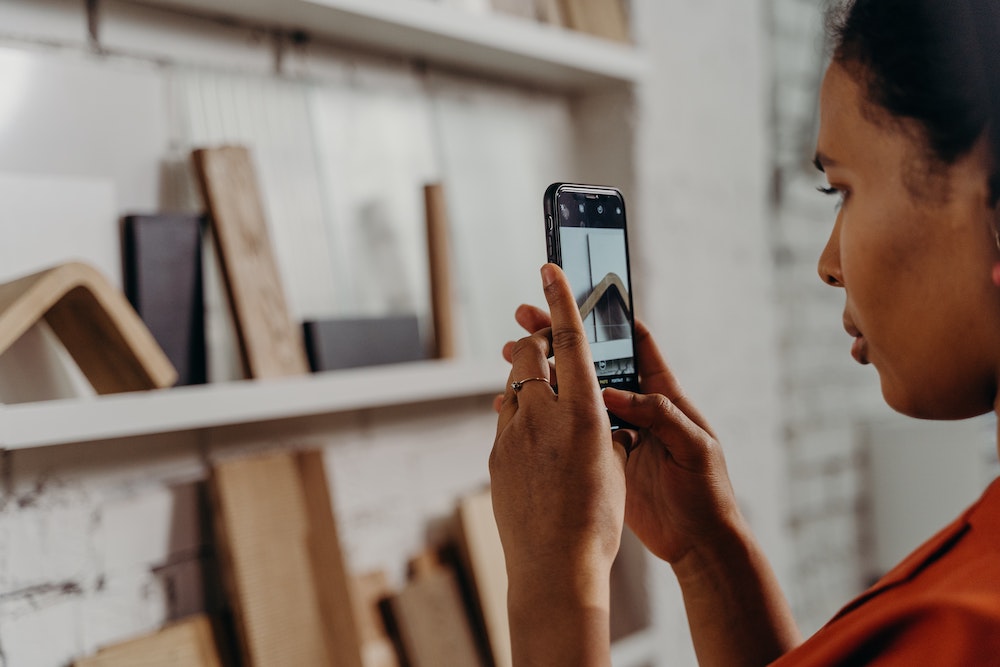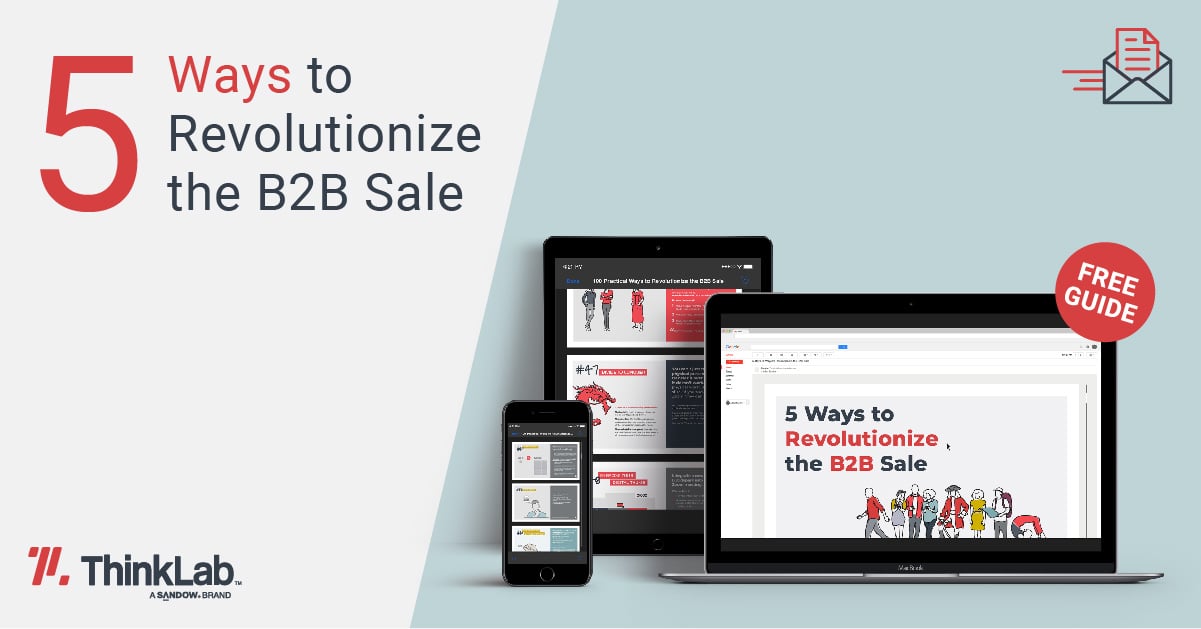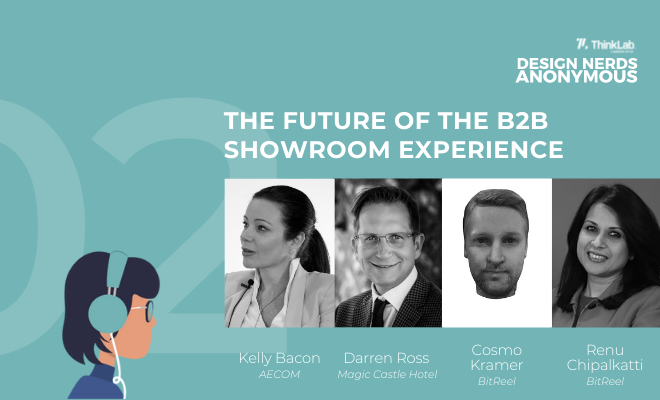
Imagine you’re walking around N.Y.C., exhausted from a full day of meetings and running early for your last one. Instead of jumping into the closest café for a hefty serving of caffeine, you stumble upon The Dreamery, a showroom concept from Casper—the innovative bed-in-a-box mattress company—where you can rent a nap pod for 45 minutes.
Equipped with pajamas, toiletries, and other sleep-centric products, you get not only a moment of rest, but also a brand experience that feels like a spa (without the slightest resemblance of a mattress showroom).
We’re intrigued. With more than 1,000 reviews at 4.9 stars on the fitness, spa, and beauty-booking app ClassPass, people are clearly connecting with this concept. If you’re wondering what nap pods have to do with contract showrooms, here are a few questions to consider:
What can the commercial design industry learn from B2C brand experiences?
Casper changed the game of a saturated, unsexy industry. You could go to a strip mall and lay down on a mattress for two minutes, but it’s a pressure-filled, awkward experience. Instead of making that decision under fluorescent lights with a salesperson hovering, Casper encourages customers to bring the mattress into their home and try it for 100 nights. The distinct difference? They aren’t selling mattresses; they’re selling sleep.
“To think outside of the box, you have to get out of the box,” said Megan McClendon, Lead of Innovation at Stoked. “People tend to put blinders on by only thinking about what’s happening in their industry.”
Trek bikes took the traditional bicycle store model and turned it on its head. When customers come in to buy a bike, they want to test drive it. But if your store is in a strip mall, test driving a bike in the back alley isn’t exactly a stellar experience. So, Trek decided to go where their customers were already riding bikes and created pop-up stores near trails or urban bike-friendly areas. They realized that the test drive had to be the central part of the store location and design.
How can we apply these models to the interior design industry?
“When you walk into a contract showroom, it can feel like walking into a furniture museum,” observed Amy Hill, Principal + Workplace Strategy at Workflow, a Boston-based furniture dealership.
Terminology, rituals, and processes that we know so well may seem foreign to our clients (and as awkward as the in-store mall mattress experience).
Does the current showroom experience bring confidence to our clients or just confuse them?
Several concepts are being applied in our industry: Curio, by Workflow, “is a space for and by the community,” said Hill. Part product lab, part event space, part coworking space, Curio is designed to be a playground for innovation. Manufacturers can display product for short periods of time without having to invest in a full brick-and-mortar showroom, which can be cost-prohibitive. Specifiers, end users, and other community stakeholders can see applications come to life, and design firms can engage with vendors to test concepts in pilot settings.
Others are thinking beyond the fixed walls of a showroom altogether. Etc. by Kimball International, Mohawk, and Mannington Commercial have all taken their showrooms on tour, meeting their clients where they are—literally—by “swag wagon” or semi. The luxury furniture brand Hellman-Chang has designed a fully digital showroom experience built on the Bitreel platform. Customers can view pieces instantly in their own space via augmented reality (AR) and join their design team in private virtual showroom browsing sessions.
What role does digital play in the future of showrooms?
If you’ve been listening to Season 2 of ThinkLab’s Design Nerds Anonymous podcast, you’ve heard us talk about “phygital”: the intersection of physical and digital. Digital is meant to reduce lift and enhance the physical experience, not take the place of it. As Hill says, “Furniture is the interface between human and architecture,” so testing out a physical product will remain important, and ironically may even increase in importance due to “missing” in-person experiences over the last year, according to ThinkLab research.
But is there a better way? Retail has already embraced AR with furniture room viewers from companies like Wayfair, IKEA, and Target. A study by Apple found that customers are 11 times more likely to buy furniture if they have seen it in their home via AR. If a client is no longer thrown off by the fuchsia chair or workstation size discrepancy, the showroom is a more powerful tool.
While B2C admittedly has different challenges than B2B, and decisions are often made by committee, it’s not just the actual showroom tour where digital can reduce friction.
Consider how the pre-and post-tour experience could be improved with digital.
Maybe an appointment can be booked online, and a highlight video reel shows them what to expect at the showroom (and where to park!). Does your team send a short video ahead of time, so the client is walking into familiar faces (and you don’t have to spend precious time on your team’s intros)? The mad shuffle to grab requested brochures and samples at the end could be alleviated by gathering data as the client is touring. What if they could swipe left or swipe right in an app as they walk the space, gathering consensus and feedback for the project team in real time, plus curating a follow-up packet that’s emailed upon the tour’s completion?
As you consider your showroom experience . . . what’s your WHY?
3 Ideas for the Future of Showrooms:
McClendon leaves us with three ideas to consider:
- Think about the “compelling why” a customer would want to come to your showroom in the first place. Hill adds, “Showrooms should move from an internal push—‘Come and see our new product!’—to an external pull—what actually draws a client in?”
- Make it uber-experiential. Look outside of your industry to rethink the showroom experience. Meet your clients where and how they want to interact with your product and team.
- Consider the entire customer journey, not just the showroom tour. As Neil Redding, founder and CEO of Redding Futures, says: “The brands that are winning now and in the near future are those that see all of the different touchpoints—both digital and physical—as part of a connected ecosystem.”
"To think outside of the box, you have to get out of the box."
- Megan McClendon
For more on the future of showrooms, listen to: DNA Podcast - The Future of the B2B Showroom Experience
Meredith Campbell is a member of the Research & Content Development team for ThinkLab, the research division of SANDOW. At ThinkLab, we combine SANDOW Media’s incredible reach to the architecture and design community through brands like Interior Design Media, Metropolis, Luxe, and Material Bank with proven market research techniques to uncover relevant trends and opportunities for the design industry. Join into explore what’s next at thinklab.design/join-in.
ThinkLab Inform + Empower
Want more creative ideas on how to reduce friction and amp up your B2B sales? Download our free guide, 5 Days, 5 Ways to Revolutionize the B2B Sale and get five simple, step-by-step tactics for success delivered straight to your inbox.



